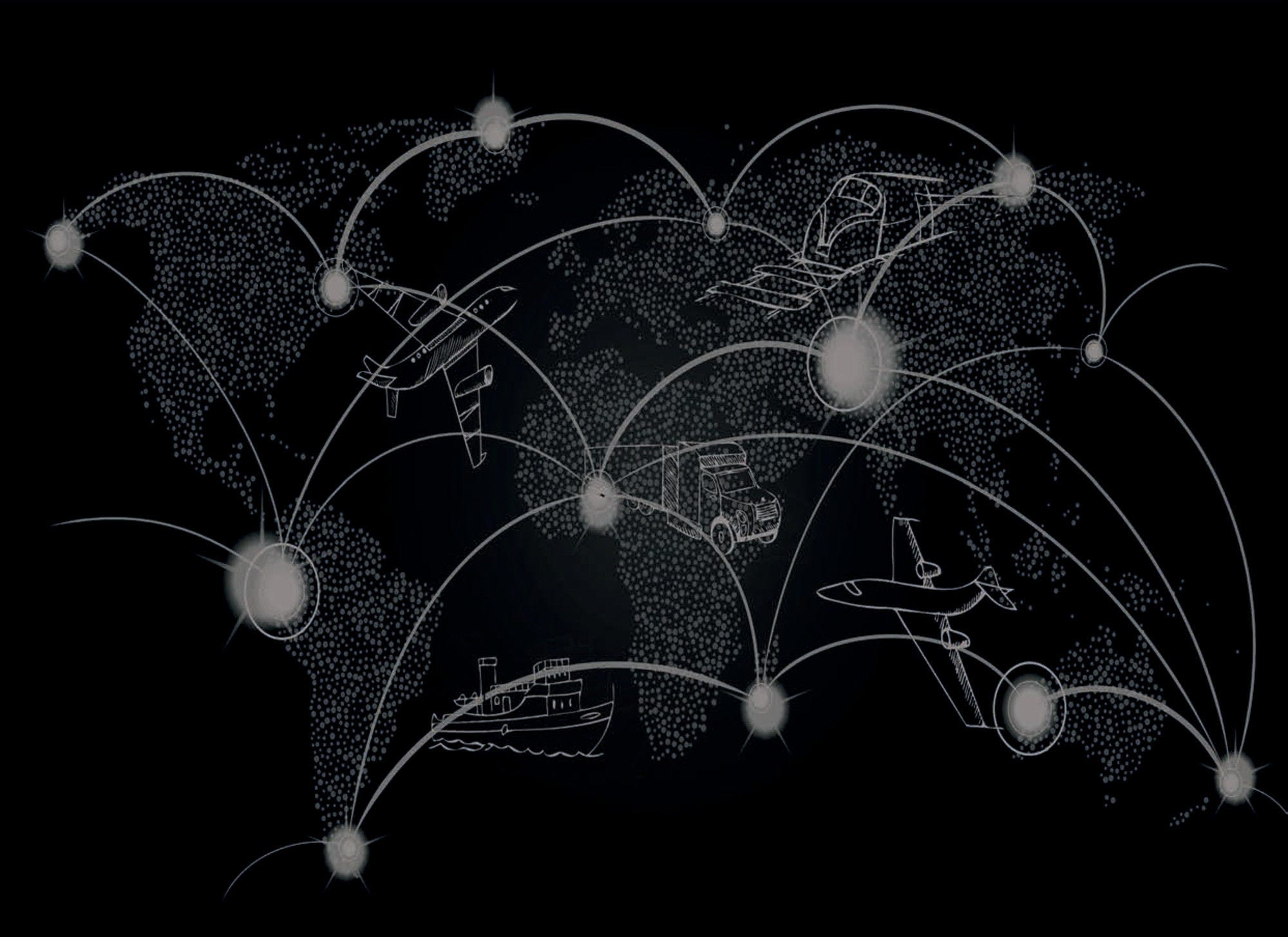This study presents the updated quantitative analysis of the value, scope and magnitude of world trade in counterfeit and pirated products, using the same GTRIC methodology as in the previous (OECD/EUIPO, 2016[1]) and (OECD/EUIPO, 2019[3]) reports. In 2019 international trade in counterfeit and pirated products amounted to as much as USD 464 billion. This figure excludes domestically produced and consumed counterfeit and pirated products, and pirated digital products distributed via the Internet. It represents up to 2.5% of world trade, compared with estimates of up to 3.3% of world trade in 2016 and 2.5% in 2013.
Given these sustained levels of counterfeit goods traded globally, the intensity of counterfeiting and piracy continuous to be a great risk, with significant potential for IP theft in a knowledge-based, open and globalised economy.
The quantitative analysis in this report confirms that fake products can be found in a large and growing number of industries. This includes common consumer goods (e.g. footwear, handbags, cosmetics and toys), business-to-business products (e.g. car spare parts and chemicals), IT goods (e.g. phones, chargers and batteries) and luxury items (e.g. fashion apparel or deluxe watches).
Importantly, many of these goods can pose big health, safety and environmental risks. Fake products such as dental equipment, pharmaceuticals or baby formulas are continuously being supplied to markets through multiple channels. Moreover, the degree of consumer deception is still the highest for these classes of products.
In terms of provenance, counterfeit and pirated goods originate from virtually all economies on all continents. While the scope of provenance economies is broad, seizure statistics show that most interceptions originate from a relatively concentrated set of provenance economies. In other words, some economies tend to dominate the global trade in counterfeit and pirated goods. The highest number of counterfeit shipments being seized originates from East Asia, with China and Hong Kong (China) ranking at the top.
We have also examined the complex routes through which counterfeit and pirated goods are traded, focusing on six main product types, which are particularly vulnerable to counterfeiting. These include such consumer goods as perfumery and cosmetics, footwear, clothing, jewellery and toys. Significantly, counterfeit goods in these sectors can often pose serious health and safety risks to unaware users.
The data reveals some general patterns. Overall, China emerges as the key producer of counterfeit goods in all product categories. Several East Asian economies – including India, Thailand and Malaysia – have been identified as important producers in some sectors, although their role is much less significant than China. Finally, Turkey appears to be a relatively important producer, especially for fake leather goods and cosmetics shipped to the EU.
The estimates indicate that the total trade in fakes destined to the EU amounted to as much as USD 134 billion (EUR 119 billion) in 2019. This number implies that as much as 5.8% of EU imports were counterfeit and pirated products. From the EU perspective, China is the major producer of counterfeit and pirated products across all categories analysed for the EU Common Market.
The COVID-19 pandemic has affected the trade in fake goods, and in most cases the crisis has aggravated the existing trends. A key development is the intense misuse of the online environment, as consumers in countries locked down have turned to online markets to fulfil their needs. This has resulted in massive growth of the online supply of all sorts of counterfeits. This sharp increase in fakes concerns not only medicines and PPE but many other goods, including watches, consumer goods and electrical machinery and electronics (e.g. kitchen appliances).
The quantitative analysis presented in this report is based primarily on a quantitative assessment using the tailored statistical methodologies developed and drawing on data from a large dataset from customs seizures of IP-infringing goods. The data refer to the pre-COVID-19 period, as the crisis has significantly changed the international context, and no final conclusions can be drawn at this stage.
